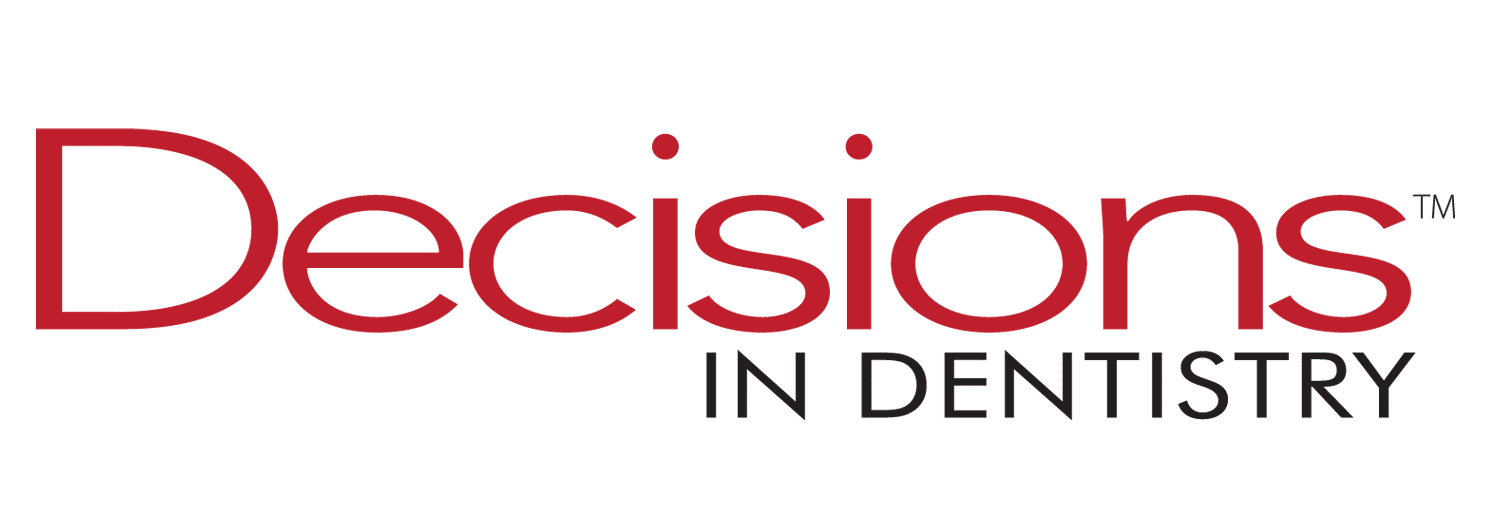
Why Google Reviews Are Your Practice’s Secret Weapon (And How to Actually Get Them)
You’ve spent years perfecting your clinical skills, invested in state-of-the-art equipment, and built a practice that delivers exceptional patient care. Yet new patient calls have slowed down, and you’re watching competitors with questionable work rank higher in search results simply because they have more online reviews.
The reality: While you’re focused on providing excellent dental care, practices with 500+ Google reviews are capturing the patients who should be calling you. Google’s algorithm doesn’t evaluate your crown preparations or root canal success rates. It counts stars and reviews to determine which practices patients see first.
How Google’s Algorithm Changed the Game for Dental Practices
The shift in how patients discover dental practices represents a fundamental change in dental marketing. Google’s local search algorithm now weighs patient reviews more heavily than traditional ranking factors like website optimization or years of experience. This means a relevantly new practice with 500 positive reviews will consistently appear above a decades-old practice with superior clinical outcomes but only 50 reviews.
This creates a disconnect between clinical excellence and online visibility. Your years of continuing education, advanced certifications, and exceptional patient outcomes become secondary to the volume and quality of online patient testimonials.
Understanding the Patient’s Perspective
When potential patients search for dental care online, they evaluate practices differently than dental professionals might expect. Consider Sarah, a working mother looking for a new dentist after relocating to your city.
Sarah’s search results: Practice A appears first with 387 five-star reviews. Practice B appears fourth with 28 reviews. Practice C has 12 reviews with a perfect 5.0 average.
From Sarah’s perspective: Practice A with 387 reviews signals “hundreds of people trusted this dentist and were happy enough to write about it.” Practice B, despite excellent clinical credentials on their website, appears less proven. Practice C might offer exceptional care, but with only 12 reviews, Sarah questions their experience and patient volume.
Since patients can’t judge clinical skills from Google searches, they use review volume to measure quality and reliability. Google understands this behavior and shows practices with more reviews first because those are the practices patients actually choose.
Why Reviews Have Become Everything
For Google Search (SEO): Google sees reviews as proof that real patients trust your practice. More reviews and higher ratings make your practice show up higher in search results. When patients mention specific services in reviews, Google knows what treatments you offer.
For AI Search (GEO): AI assistants like ChatGPT now use review data to recommend dentists. When someone asks “best dentist near me,” the AI looks at how many reviews you have and how recent they are. GEO optimization is becoming just as important as traditional Google search.
The Numbers That Matter: Practices with 100+ reviews get 25% more new patient calls than practices with fewer reviews. Each extra star in your rating can boost revenue by 5-9%, based on Harvard Business School research. 88% of people trust online reviews as much as recommendations from friends.
The Psychology and Timing of Review Requests: Why Most Practices Get It Wrong
Here’s the frustrating truth: angry patients write detailed reviews immediately, while happy patients walk out grateful and completely forget to leave feedback. It’s not personal—it’s psychology.
Why this happens: Negative experiences create urgency to act. Positive experiences feel normal and fade into daily life. Your satisfied patients intend to leave reviews but get distracted by emails, errands, and responsibilities.
The awkwardness factor: Most practices ask at the wrong time, staff worry about seeming pushy, and the whole process feels fake. When teams avoid asking consistently, excellent dentists become invisible online while mediocre practices with better systems rank first. Understanding dental AI communication strategies can help bridge this gap between patient care and marketing needs.
The Solution: Perfect Timing + Easy Process
The 15-30 minute sweet spot: Ask immediately after successful treatment while patients are still in the chair feeling grateful. Once they leave and life kicks back in, that motivation disappears forever.
What to say: “Mrs. Johnson, I’m so glad we could resolve your dental concerns today. When you have a moment this week, sharing your experience on Google would really help other patients know what to expect from our practice.”
Make it instant: Text them a direct Google review link before they reach their car: “Thanks for your visit today! Your feedback helps other patients. Here’s an easy way to share your experience.”
One click, one review. Remove every barrier, and patients will actually follow through. Responding to reviews is equally important for maintaining engagement and showing potential patients you care about feedback.
Building Team Engagement Through Strategic Incentives
Your front desk team is already busy with insurance calls, scheduling, and patient questions. Adding “ask for reviews” to their list feels like extra work unless you make it worth their time.
Make it worth their while: Set up monthly bonuses like $25 for every 10 reviews they collect. Give extra time off when they hit targets. Celebrate wins as a team when you reach milestones.
Create friendly competition: Track who gets the most reviews each month. Recognize top performers at staff meetings. Make it fun with a “Review Champion” program.
Train them properly: Show them exactly when to ask (right after good appointments). Practice the conversations so they sound natural. Explain how more reviews mean more patients, which means job security for everyone.
When your team understands that getting reviews helps the whole practice grow and stay busy, they’ll actually want to do it instead of seeing it as just another task. Successful practices demonstrate how systematic review collection transforms practice visibility and patient acquisition.
The ROI of Systematic Review Collection
Review collection pays for itself quickly. Here’s the math:
Investment: For example, you pay $5 per review in team incentives. Your system generates 50 reviews monthly. Total cost: $250.
Return: Those 50 reviews typically bring 3-5 new patients monthly. At $2,500 lifetime value per patient, that’s $7,500-$12,500 in new revenue.
ROI: 3,000-5,000%
Beyond immediate revenue, you get lasting benefits: moving from position 7 to position 2 in local searches within 90 days, 30-50% increase in organic calls, dominance in “best dentist in [city]” searches, and reduced dependence on expensive paid advertising. Some practices have achieved remarkable results by implementing reputation management strategies that maximize review impact.
Leveraging AI Automation for Scalable Results
Once your team masters the timing, modern AI systems handle all the heavy lifting in the background. New automated platforms not only send review requests and track responses, but can automatically deposit team incentive payments directly into staff accounts when reviews are collected.
How it works: AI sends personalized texts within hours of appointments with direct Google review links. Smart targeting focuses on satisfied patients while avoiding those with complications. Automated reminders follow up appropriately without being annoying.
The 500 reviews in 6 months formula: Train your team to make 5-10 requests daily using perfect timing. AI follows up with 80% of those patients. Achieve 15-20% response rates. Generate 20-25 reviews monthly. Reach 500+ reviews through consistent execution.
Real Practice Results and Implementation
One partner practice transformed their online presence using this systematic approach. They increased from 47 Google reviews to over 400 reviews within eight months through consistent implementation.
Their strategy: Staff received training on optimal timing rather than asking every patient. Team incentives of $20 per 5 reviews motivated consistent participation. AI automation systems handled patient follow-up communications. Practice focus remained on patient experience first, with reviews as a natural outcome.
Results: New patient call volume increased 40% within six months. The practice achieved #1 ranking for “dentist near me” in their local market. Staff became enthusiastic about review requests because they observed tangible results. New patients began mentioning they selected the practice specifically because of positive review volume.
Strategic Implementation Framework
Here’s the reality: collecting hundreds of Google reviews manually is exhausting and inconsistent. Without the right systems, you’ll burn out your team and see minimal results.
The three-part system that actually works:
Perfect your timing: Train staff to ask immediately after successful treatments while patients are still grateful.
Motivate your team: Implement meaningful incentives like $5 per review. When staff see direct financial benefits, they’ll consistently ask instead of avoiding it.
Automate the follow-up: Use AI systems to text patients review links within hours of appointments. This removes the burden from your team and captures patients before they forget.
Bottom line: Manual review collection is a recipe for failure. Practices succeeding at scale combine perfect timing with team incentives and automated follow-up. Without all three components, you’re making this much harder than it needs to be. For a complete implementation roadmap, download our comprehensive review collection guide with templates and systems used by successful practices.
Frequently Asked Questions
How many Google reviews should a dental practice have? Competitive dental practices should target 100+ reviews minimum, with 300-500+ reviews establishing clear local market leadership. Higher review volumes consistently correlate with improved visibility and new patient acquisition.
What’s the best time to ask patients for Google reviews? Request reviews immediately after successful treatments while patients remain in the chair and feel positive about their experience. This timing captures satisfaction before patients leave and potentially forget about their visit.
Do Google reviews actually affect dental SEO rankings? Absolutely. Google reviews directly impact local search rankings, with practices having 500+ five-star reviews consistently outranking competitors with fewer reviews, regardless of clinical quality or years of experience.
Can AI help dental practices get more Google reviews automatically? Yes, AI review systems automate follow-up communications through personalized texts and emails sent to patients after appointments. This significantly increases response rates while reducing staff workload and ensuring consistent follow-up.
How long does it take to get 500 Google reviews for a dental practice? With consistent team training, optimal timing implementation, and automated follow-up systems, most dental practices achieve 500+ reviews within 6-8 months by collecting 20-25 reviews monthly through systematic execution. AI-powered dental marketing tools can significantly accelerate this timeline while reducing manual effort.



